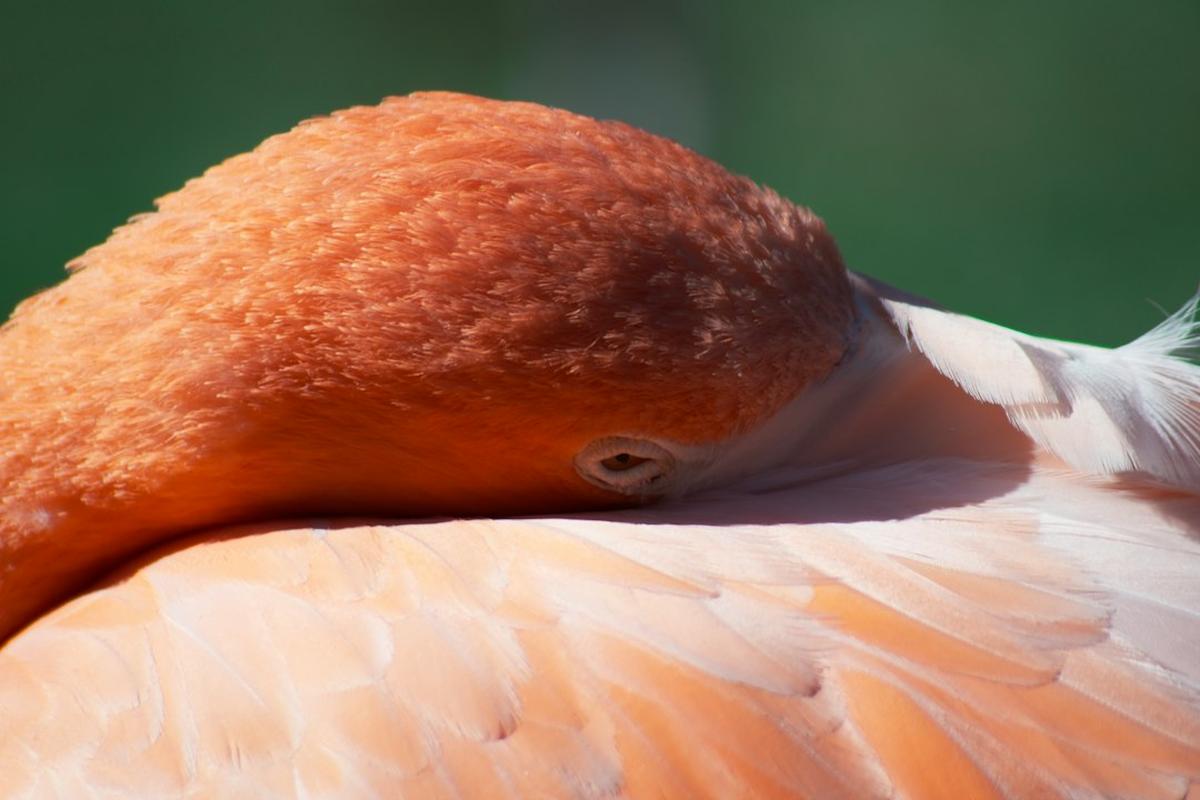The world of biology and natural sciences was forever changed when Charles Darwin introduced his theory of evolution. This revolutionary concept reshaped our understanding of the natural world and the organisms that inhabit it. Darwin’s theory of evolution is a fundamental pillar of modern biology, providing a comprehensive explanation for the diversity and complexity of life on Earth. The importance of understanding this theory extends beyond the realm of biology, influencing various aspects of human thought and society, including philosophy, religion, and ethics.
Charles Darwin: The Man Behind the Theory
Charles Robert Darwin, born in 1809, was an English naturalist whose scientific theories have left an indelible mark on the scientific community. His journey to the theory of evolution was not a straightforward one. It was a voyage aboard the HMS Beagle, where he collected and studied various species from around the world, that led him to formulate his groundbreaking theory.
Brief Biography of Charles Darwin
Darwin was born into a family of scientists, which perhaps sparked his interest in the natural world. Despite initial struggles in his academic life, he eventually found his passion in the study of nature. His fascination with the diversity of life forms led him to embark on a five-year voyage around the world, a journey that would change his life and the course of scientific history.
Darwin’s Journey to the Theory of Evolution
During his voyage on the HMS Beagle, Darwin observed a vast array of species and noted the variations among them. He was particularly intrigued by the finches on the Galapagos Islands, where he noticed that each island had its unique species of finch, each adapted to its specific environment. These observations planted the seeds for his theory of evolution.
The Core Principles of Darwin’s Theory of Evolution
Darwin’s theory of evolution rests on three core principles: species change over time, new species arise from pre-existing species, and all species share a common ancestor.
Species Change Over Time
Darwin proposed that species are not static but evolve over time. He suggested that this change occurs gradually, over many generations, as slight variations accumulate.
New Species Arise from Pre-existing Species
Darwin’s theory also posits that new species arise from pre-existing ones. This process, known as speciation, occurs when a group within a species becomes isolated and evolves independently.
All Species Share a Common Ancestor
Finally, Darwin proposed that all species, past and present, are descended from a common ancestor. This concept, known as common descent, is supported by a wealth of evidence from various fields of science.
Understanding Heritable Differences in Species
One of the key aspects of Darwin’s theory is the concept of heritable differences. These are variations in traits that can be passed from parents to offspring.
The Role of Genetics in Evolution
Genetics plays a crucial role in evolution. Genes, the units of heredity, carry information for traits. When these genes change or mutate, they can create new traits. If these traits increase an organism’s chances of survival and reproduction, they are likely to be passed on to future generations.
How Heritable Differences Accumulate Over Time
Over time, these heritable differences can accumulate, leading to significant changes in a species. This process is driven by natural selection, the mechanism that Darwin proposed to explain how evolution occurs.
The Process of Natural Selection
Natural selection is a key component of Darwin’s theory of evolution. It is the process by which traits that enhance survival and reproduction become more common in successive generations of a population.
Definition and Explanation of Natural Selection
Natural selection can be defined as the differential survival and reproduction of individuals due to differences in phenotype. In simpler terms, it means that individuals with traits that give them an advantage in their environment are more likely to survive and reproduce, passing on these advantageous traits to their offspring.
The Role of Natural Selection in Evolution
Natural selection plays a crucial role in evolution. It is the driving force that shapes species by favoring individuals with traits that enhance their survival and reproductive success. Over time, this process can lead to the evolution of new species.
Evidence Supporting Darwin’s Theory of Evolution
There is a wealth of evidence supporting Darwin’s theory of evolution, from fossil records to genetic studies.
Fossil Records as Evidence
Fossil records provide a historical snapshot of life on Earth, showing a progression from simple life forms to more complex ones. They also show transitional forms, species that have characteristics of both their ancestors and descendants, providing direct evidence for evolution.
Genetic Evidence of Evolution
Genetic studies have provided compelling evidence for evolution. By comparing the DNA of different species, scientists can infer their evolutionary relationships. The more similar the DNA, the more closely related the species are.
Evidence from Comparative Anatomy
Comparative anatomy, the study of similarities and differences in the anatomy of different species, also supports evolution. For example, the presence of homologous structures, body parts that are similar in different species because they evolved from a common ancestor, is evidence for evolution.
Misconceptions and Controversies Surrounding Darwin’s Theory
Despite the overwhelming evidence supporting Darwin’s theory, it is often misunderstood and has been the subject of controversy.
Common Misunderstandings about Evolution
One common misconception is that evolution is just a theory, implying that it is not well-supported. However, in scientific terms, a theory is a well-substantiated explanation of some aspect of the natural world, based on a body of facts that have been repeatedly confirmed through observation and experiment.
The Evolution-Creationism Debate
The theory of evolution has also been at the center of a longstanding debate with creationism, the belief that the universe and life were created by a divine being. While these two perspectives are often presented as mutually exclusive, many people find ways to reconcile their religious beliefs with the scientific evidence for evolution.
The Impact of Darwin’s Theory on Modern Science
Darwin’s theory of evolution has had a profound impact on modern science, particularly in the field of biology.
Influence on Biological Sciences
The theory of evolution provides a unifying framework for understanding the diversity of life. It has influenced virtually every area of biology, from ecology to genetics.
Implications for Medical Research and Practices
The principles of evolution also have important implications for medicine. Understanding how diseases evolve can help in the development of more effective treatments. For example, the concept of antibiotic resistance in bacteria is a direct application of evolutionary principles.
Darwin’s Theory of Evolution in the Context of Other Theories
While Darwin’s theory of evolution is the most widely accepted, it is not the only theory of evolution.
Comparison with Lamarck’s Theory of Evolution
Before Darwin, French biologist Jean-Baptiste Lamarck proposed a different theory of evolution. Lamarck suggested that organisms could change during their lifetimes in response to their environment, and these changes were then passed on to their offspring. While Lamarck’s theory was largely discredited, it was an important precursor to Darwin’s theory.
Integration with Modern Evolutionary Synthesis
Darwin’s theory of evolution has been integrated with other scientific discoveries in what is known as the modern evolutionary synthesis. This synthesis incorporates genetics and includes ideas from other scientists, creating a more comprehensive understanding of how evolution works.
Conclusion
Darwin’s theory of evolution is a cornerstone of modern biology. It provides a comprehensive explanation for the diversity and complexity of life on Earth, shaping our understanding of the natural world. Despite misconceptions and controversies, the theory is supported by a wealth of evidence from various fields of science. Its impact extends beyond biology, influencing various aspects of human thought and society. Understanding Darwin’s theory of evolution is not just important for scientists, but for anyone who wants to understand the world we live in.
References
- Darwin, C. (1859). On the Origin of Species by Means of Natural Selection, or the Preservation of Favoured Races in the Struggle for Life. London: John Murray.
- Futuyma, D. J. (2013). Evolution. Sunderland, MSinauer Associates.
- Mayr, E. (2001). What Evolution Is. New York: Basic Books.
- Ridley, M. (2004). Evolution. Oxford: Blackwell Publishing.
- Gould, S. J. (2002). The Structure of Evolutionary Theory. Cambridge, MHarvard University Press.








